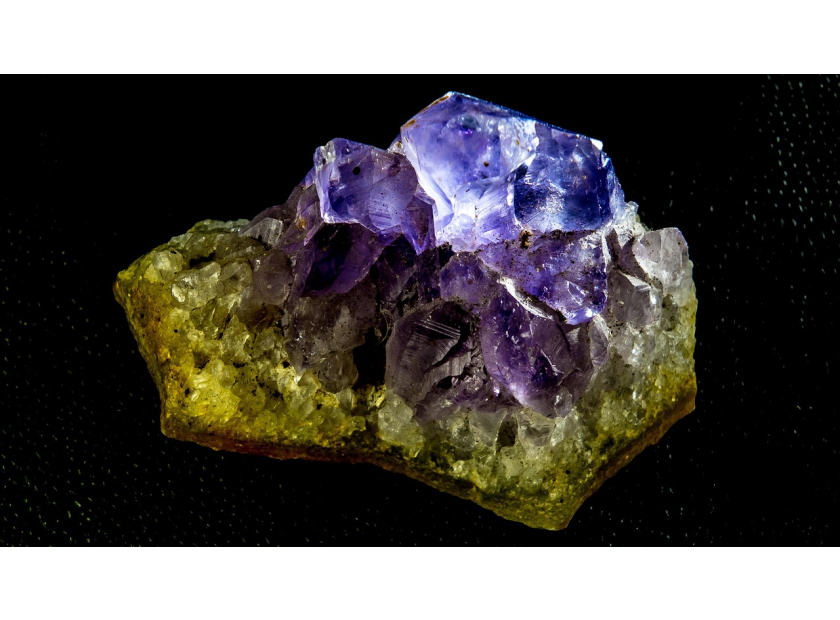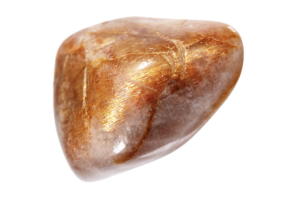USD
/
USD
/
Shipping to:
Currency:
What Is the Hardest Gemstone? Discover the Toughest Sparkler
When it comes to selecting the perfect gemstone for your jewelry, understanding hardness is crucial.
Hardness determines a gemstone's ability to resist scratches and everyday wear, impacting both its durability and longevity.
This guide will explore the concept of gemstone hardness, highlight the hardest natural gemstone, compare other popular stones, and provide insights into synthetic alternatives.
Understanding Gemstone Hardness
Gemstone hardness refers to a stone's resistance to scratches and abrasions.
This characteristic is vital for jewelry, as harder gemstones are less prone to surface damage.
The Mohs scale of mineral hardness, developed by Friedrich Mohs in 1812, ranks minerals from 1 (talc) to 10 (diamond) based on their scratch resistance.
It's important to note that hardness differs from toughness; while hardness measures resistance to scratches, toughness assesses a gemstone's ability to withstand fractures or chipping.
For instance, diamonds, despite their superior hardness, can still chip if struck with sufficient force.
The Hardest Natural Gemstone
Diamond tops the Mohs scale with a perfect rating of 10, making it the hardest known natural gemstone.
This exceptional hardness results from its unique atomic structure, where each carbon atom forms strong covalent bonds with four other carbon atoms in a tetrahedral arrangement, creating a robust three-dimensional network.
However, this hardness doesn't make diamonds indestructible; they have perfect cleavage in certain directions, meaning they can split along specific planes if struck with force.
This characteristic is used in diamond cutting but also requires careful handling to avoid chipping or breaking.
How Other Gemstones Compare
While diamonds lead in hardness, other gemstones also offer notable durability:
- Corundum (Sapphires and Rubies): Ranking at 9 on the Mohs scale, corundum varieties are highly durable and ideal for everyday wear. Their hardness makes them resistant to scratches, though they’re still softer than diamonds. For stylish and vibrant designs, check out our gemstone engagement rings.
- Topaz: With a Mohs hardness of 8, topaz is fairly hard but more prone to scratching than corundum. It's best to store topaz jewelry separately to avoid contact with harder stones. Explore our full range of gemstone rings for gift-worthy options.
- Quartz (Amethyst, Citrine): Quartz gems score a 7 on the Mohs scale, making them moderately durable. They can still be scratched by harder materials, so wear with care.
- Feldspar (Moonstone, Labradorite): These gems fall between 6 and 6.5 in hardness. They’re more fragile and best suited for jewelry like earrings or pendants that are less likely to get knocked around.
Synthetic Alternatives and Their Hardness
Technology has made it possible to create synthetic gemstones that closely match or even exceed the hardness of natural stones.
Moissanite, for example, is a lab-created silicon carbide with a Mohs hardness of about 9.25. It’s a brilliant, durable alternative to diamond that’s growing in popularity.
Lab-grown diamonds—created using high-pressure high-temperature (HPHT) or chemical vapor deposition (CVD) methods—have the same atomic structure and hardness as natural diamonds.
They’re used widely in both jewelry and industrial applications. If you’re weighing your options, check out this helpful breakdown on lab-grown diamonds vs gemstones.
Testing Gemstone Hardness
Gemstone hardness is typically tested using a scratch test, but this can damage the stone—especially if it's a finished piece of jewelry.
Instead, professionals use non-destructive techniques like observing inclusions, checking optical properties, and using specialized tools to measure things like refractive index.
Myths About Gemstone Hardness
- Hardness Equals Toughness: A gemstone can be very hard but still lack toughness. Diamonds are extremely hard but can still break if hit at the right angle.
- All Diamonds Are Equally Hard: While all diamonds rank 10 on the Mohs scale, there can be subtle differences in hardness based on structure and whether the stone is lab-grown or natural.
- Hard Stones Can’t Be Damaged: Even the hardest gemstones can chip, crack, or suffer damage under the wrong conditions. Hardness only protects against scratches—not impact or pressure.
Choosing the Right Gemstone for Your Needs
- Purpose: For rings and other daily-wear items, go for harder stones like diamonds or sapphires. If you're looking for something unique and meaningful, browse our non-traditional engagement rings.
- Setting: Consider bezel settings or other protective designs to help keep softer gemstones safe.
- Maintenance: Store jewelry pieces separately to prevent scratching, especially if you own both soft and hard stones. Clean them regularly to maintain sparkle.
Frequently Asked Questions
Can a diamond break if dropped?
Yes, diamonds can chip or break if struck at the right angle, especially along their cleavage planes.
Are synthetic diamonds as hard as natural diamonds?
Yes, lab-grown diamonds are chemically identical to natural diamonds and just as hard.
What gemstone is hardest after diamond?
Corundum (sapphires and rubies) ranks next, with a Mohs hardness of 9.
Is it okay to wear softer gemstones daily?
You can, but it's best to choose protective settings and avoid high-impact activities while wearing them.
How can I tell if a gemstone is hard or soft?
The Mohs scale rating is the best indicator. When in doubt, a professional jeweler can help you identify and assess your gemstone.








